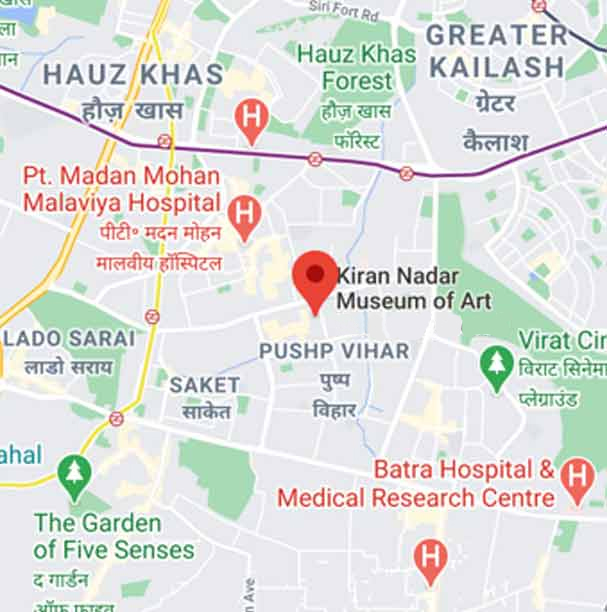- Home
- Porous Earth
Porous Earth
Audio Guide
Transcript
Neha Choksi’s Porous earth is made of 7 sculptures, thinking of the elements of earth that constitute our living environment. The first sculpture we encounter is A cylindrical glass rod, going through two rocks, which perhaps forms a part of the elemental composition of the glass. A visual poet, Neha Choksi thinks of the elements of the earth that make our living environment, and mixes, juxtaposes, merges, breaks these materials to give new insight into how they affect the way we exist. As we move forward, we find ourselves surrounded by a series of sculptures, both at the front and back, and at the center. Rocks, suspended on top of glass makes it feel as if the rock is melting; like glass. A large stone, is drilled out, and subsequent stones are drilled out of what remains, revealing poetically the relationship of the part, and the whole. Choksi sees sculpture, these elements as a reflection of the way earth speaks itself. When was the last time, we stopped and really looked at a rock on the roadside, or a monument that has survived the test of time, or dipped our hands in cold water and measure till when does it tingles our skin? Can we touch a piece of glass the next time, and wonder which rocks contributed to this transparent material that surrounds today?
Click Here to Listen in English
प्रतिलिपि
नेहा चौकसी द्वारा बनाए गए पोरस अर्थ के ७ स्कल्पचर, धरती को बनाने वाले तत्वों और पदार्थों के बारे में बात करते है। एक गोलाकार लंबी शीशे की रॉड, पत्थरों को बीच से काटती आर पार हो एक खूबसूरत स्कल्पचर बनाती है, ऐसे पत्थर जो शायद शीशे को बनाने वाले बुनियादी पदार्थों में से एक है। । एक चित्र कवि की भांति, नेहा चौकसी धरती के पदार्थों, जो की धरती पर जीवन के लिए उपयुक्त पर्यावरण का निर्माण करती हैं, उन्हें तोड़कर, जोड़कर, साथ रख, पिघला कर हमें उनके बारे में नई जानकारी, और नए दृष्टिकोण प्रदान करती हैं। कमरे में आगे बढ़ते हुए, हम खुदको तीन स्कल्पचर्स से घिरा हुआ पायेंगे- विशाल शीशे, जिनपर पत्थर रखे हुए हैं, और भूरकर शीशे पर से नीचे आ रहे हैं; मानो की शीशे की भाँति पत्थर पिघल गए हों। ठीक बीच में रखी है एक विशाल चट्टान, जो मध्य प्रदेश से लाई गई, जिसे ड्रिल द्वारा छेद कर अलग किया गया, और फिर उन अलग हुए हिस्सों में एक एक कर और छेद किए गए। यह काम, हिस्से, और पूर्ण के बीच के संबंध के संदर्भ मैं हमें सोचने के लिए आमंत्रित करता है। चोकसी इन स्कल्पचर्स को धरती की आवाज़ समझती हैं। आख़िर हमने आखरी बारी कब किसी सड़क किनारे पड़े पत्थर को रुक कर देखा है? या फिर किसी विशाल, पुराने ऐतिहासिक स्मारक को? क्या हमने अपनी त्वचा पर हो रही हलचल से ठंडे पानी की ठंड को मापने की कोशिश करी है? क्या जब हम, अगली बार किसी शीशे को छुएँगे, तो सोचेंगे उन पत्थरों के बारे में जो इन शीशों का हिस्सा है जो हमारे जीवन का अहम हिस्सा हैं?

